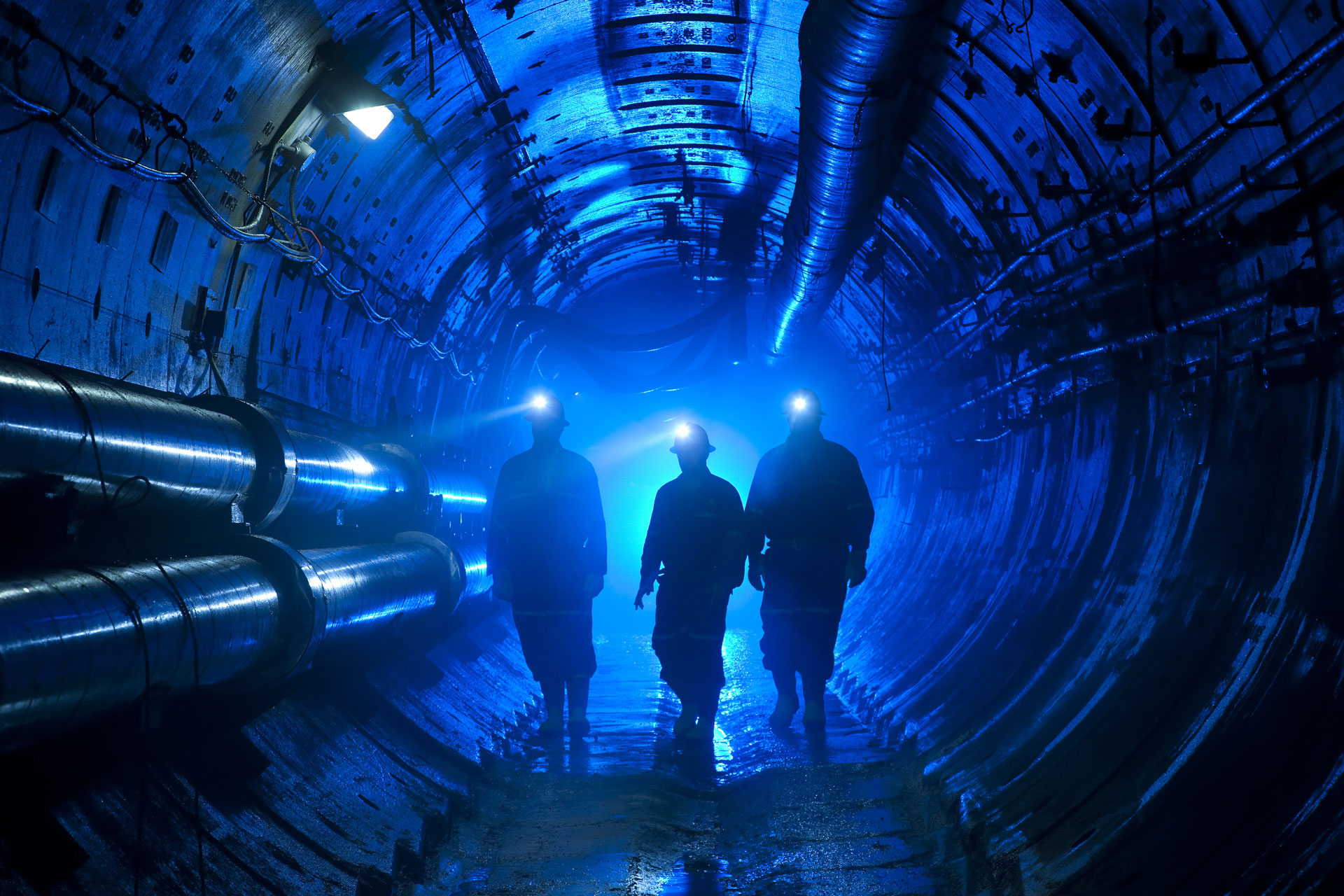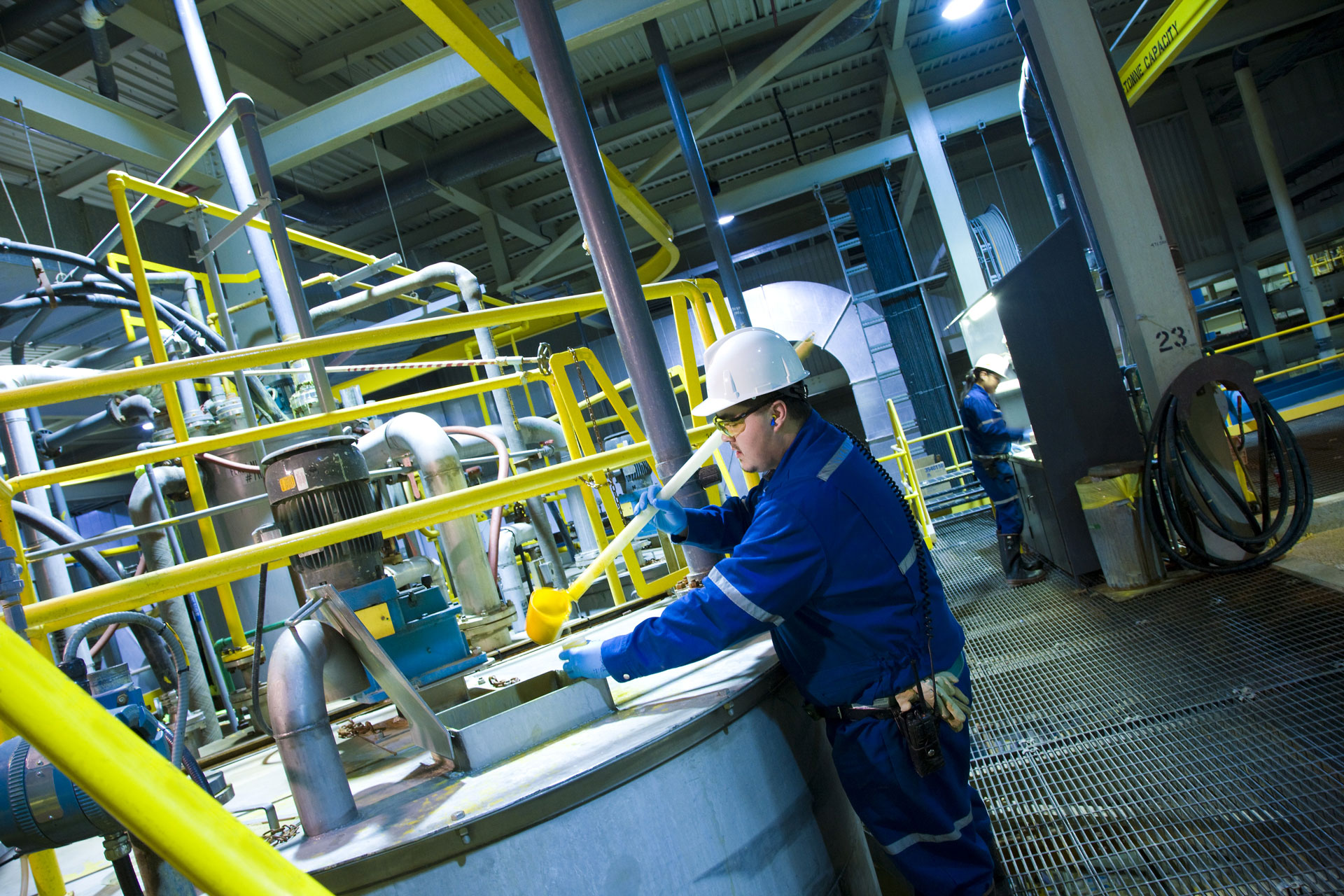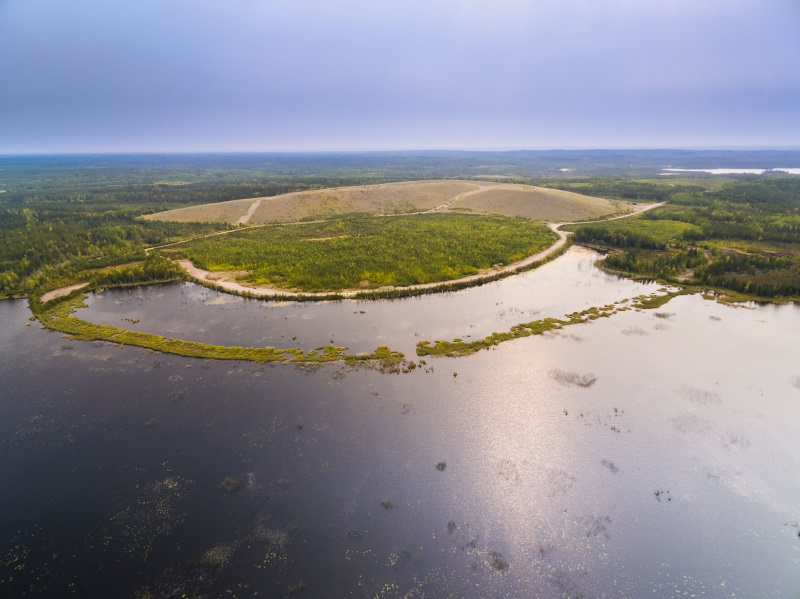
● 3 mining and processing sites in northern Canada
● Operator of the McClean Lake mill, the only facility in the world designed to process high-grade uranium ore (in excess of 30%) without dilution
● McClean Lake: 420 employees, 40% of whom are residents of the north of the province, the majority of whom are Aboriginal
From exploration to uranium mine redevelopment
Mining resources with exceptionally high uranium content

Discovered in 1988 and located more than 600 metres deep, the McArthur River site is the most prolific deposit in the world with production capacity of 7,700 tonnes of uranium per year. Due to its very high uranium content, the deposit is mined using specially-developed methods to avoid any direct contact between the ore and the miners.
- Orano holds 30.2% of the stake alongside CAMECO
- Restart in November 2022 of the McArthur River mine and Key Lake mill as the mine and mill has been in care and maintenance since July 2018

Cigar Lake
The world's second-highest grade uranium deposit, Cigar Lake is located 450 meters below the surface, in porous, waterlogged rocks. Orano discovered the deposit in 1981 and has contributed to developing an innovative
mining method there: the Jet Boring system, a drilling process combining land reinforcement by freezing and
high-pressure water mining of ore.
Production (100%) in 2017: 6 925 tonnes of uranium
Average grade per tonne of ore in 2016: 126 kg

The only plant in the world capable of processing high-grade ore without dilution. The site is operated by Orano Mining which holds 70% of the shares alongside Denison Mines LTD.
The capacity of the plant designed to process very high grade ores (>15%) has been increased to process 100% of Cigar Lake ore as well as ore from other deposits... In 2016, it received regulatory approval to increase its production capacity to 9,200 tonnes of uranium per year.
75% dedicated to ore from Cigar Lake
An exploration programme helping to prepare the future
New deposits to sustain the McClean Lake mill
In Canada, Orano is continuing its exploration efforts, focusing on the most economical new sites. This is the case in the Athabasca Basin, a region with high potential that could supply the McClean Lake plant and increase the volume of reserves, giving its customers visibility over the next 20 years of production.
Over 50 exploration programmes in Canada
On average, it takes 10 years to confirm the exploitable resource of a new deposit. Exploration then continues throughout the mining project to develop additional resources located in the vicinity.Prospecting is carried out in successive stages: geological study of the region, interpretation of aerial or satellite photos, geophysical techniques, measurements of radioactivity in the field and study of soil and water chemistry.
Cluff Lake, re-developing end-of-lifecycle sites

The Cluff Lake mine site operated for 22 years between 1980 and 2002 and was redeveloped between 2004 and 2006 after reserves were exhausted. It encompassed 4 open-pit mines and 2 underground mines that produced over 23,500 tonnes of uranium.
As soon as the mining project was rolled out, Orano Canada designed and programmed its redevelopment to limit the site's impact on the population and the environment. The rehabilitation process was carried out in several stages: filling the open-cast mines, securing the underground mining works, demolishing the plant, as well as covering the tailings and re-planting the whole site. The transfer to the Province of Saskatchewan took place in May 2024.
- Niger Niger's mining companies Somaïr and Cominak draw value from the country's uranium potential by mining respectively deposits in the desert region of the Aïr.
- Kazakhstan Created in 1997 by Orano and Kazatomprom in Kazakhstan KATCO operates the world’s largest SRI uranium mine.
- Leading uranium producer With mines operating in Canada, Kazakhstan and Niger, Orano is a leading world producer of uranium.